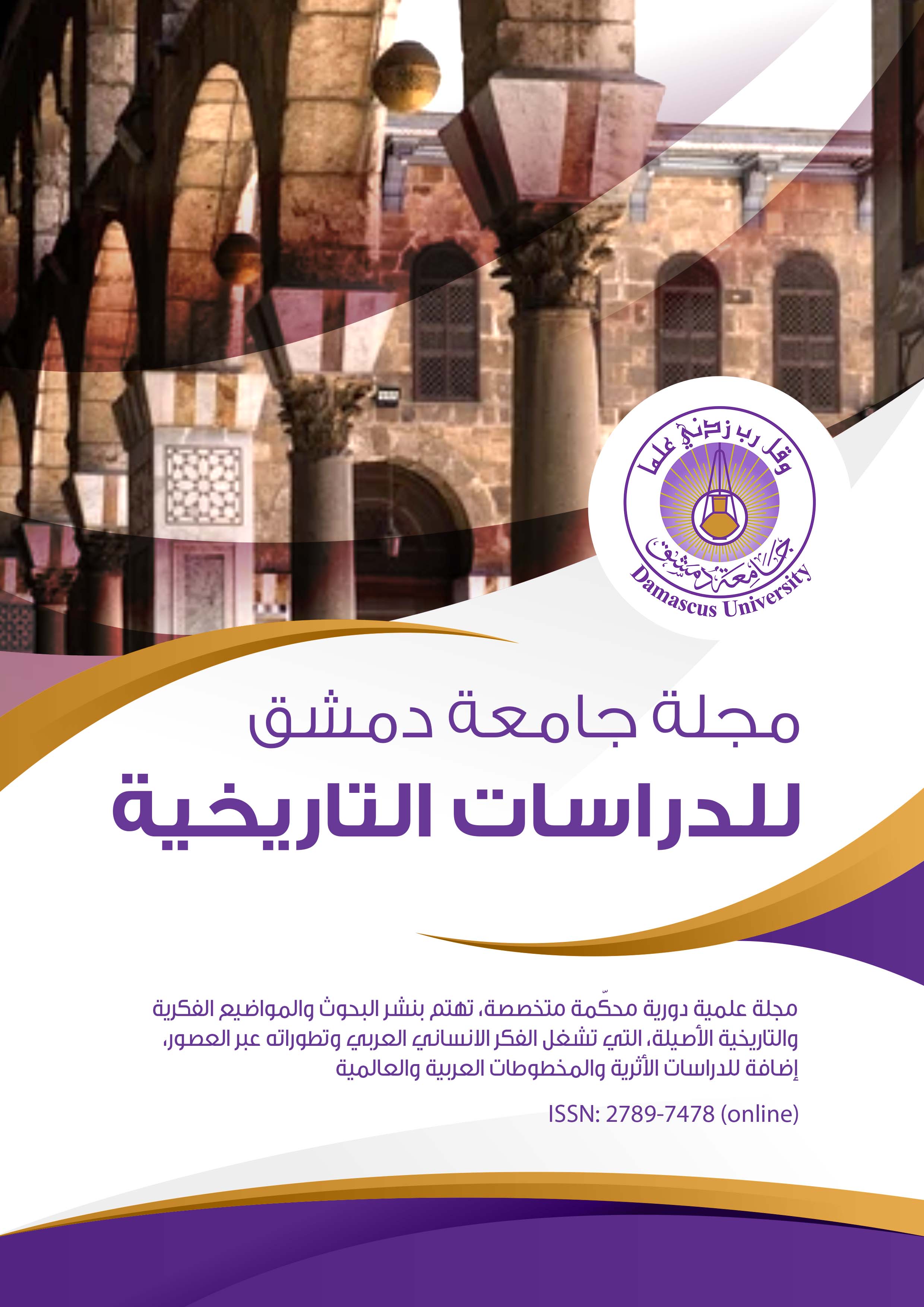تمثيل أثينا اللات في النحت التدمري خلال العصر الروماني: دراسة تحليلية مقارنة
الكلمات المفتاحية:
فن النحت، ميثولوجيا، تدمر، اللات، أثيناالملخص
يعتبر فن النحت واحداً من أهم المصادر التي تساعد على فهم واقع وطبيعة الحضارات السابقة، ويقدم معلومات عن ازدهارها ويعطي صورة عن ثرائها الثقافي وعن الحياة الاجتماعية والدينية لتلك الحضارات، باعتبار أن الميثولوجيا كانت من المواضيع الأساسية التي صورها النحاتين ضمن أعمالهم، وقد وصل فن النحت في سورية خلال العصر الروماني لمراحل متطورة جداً وقدم نتاجاً فنياً هاماً، حيث كان في سورية مدرستين للنحت في كل من الجنوب السوري وتدمر، وتميزت مدرسة النحت التدمري بتنوع ثقافي كبير عاشه أهلها نتيجة لعلاقاتهم التجارية المزدهرة، ووصلتهم الكثير من التأثيرات تقبلوا منها ما يناسب بيئتهم وعاداتهم، دون التخلي عن هوية مجتمعهم الأصلية، وقد كان المجتمع التدمري ذو علاقة وطيدة بالدين، يلاحظ ذلك من التنوع الكبير في الآلهة التي عبدوها، والتي بذل الفنان التدمري جهداً كبيراً ليصورها ضمن النحت بأفضل طريقة.
يركز البحث على الآلهة اللات ومكانتها الهامة في مجمع الآلهة التدمري، والتي صوّرت ضمن النحت بكثرة، واكتسبت الكثير من سمات الآلهة الأخرى كأتارغاتيس وعشتار وأثينا، التي كانت الأكثر اقتراناً في سماتها العسكرية مع اللات، وذلك بسبب ميل أهل تدمر نحو صفات القوة والحماية التي كانت تترافق مع تجارتهم المزدهرة.

